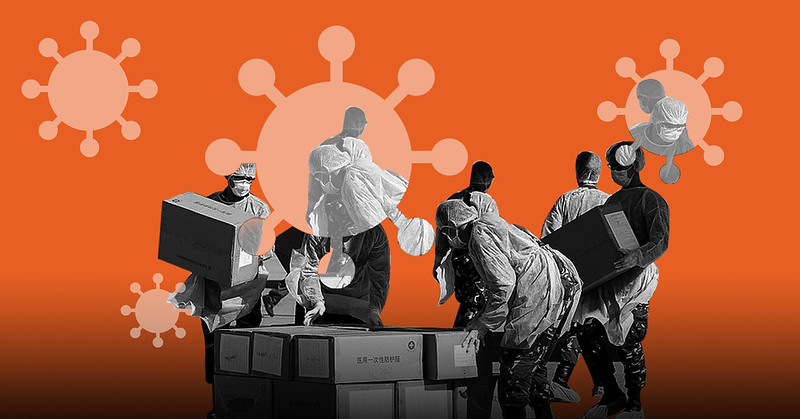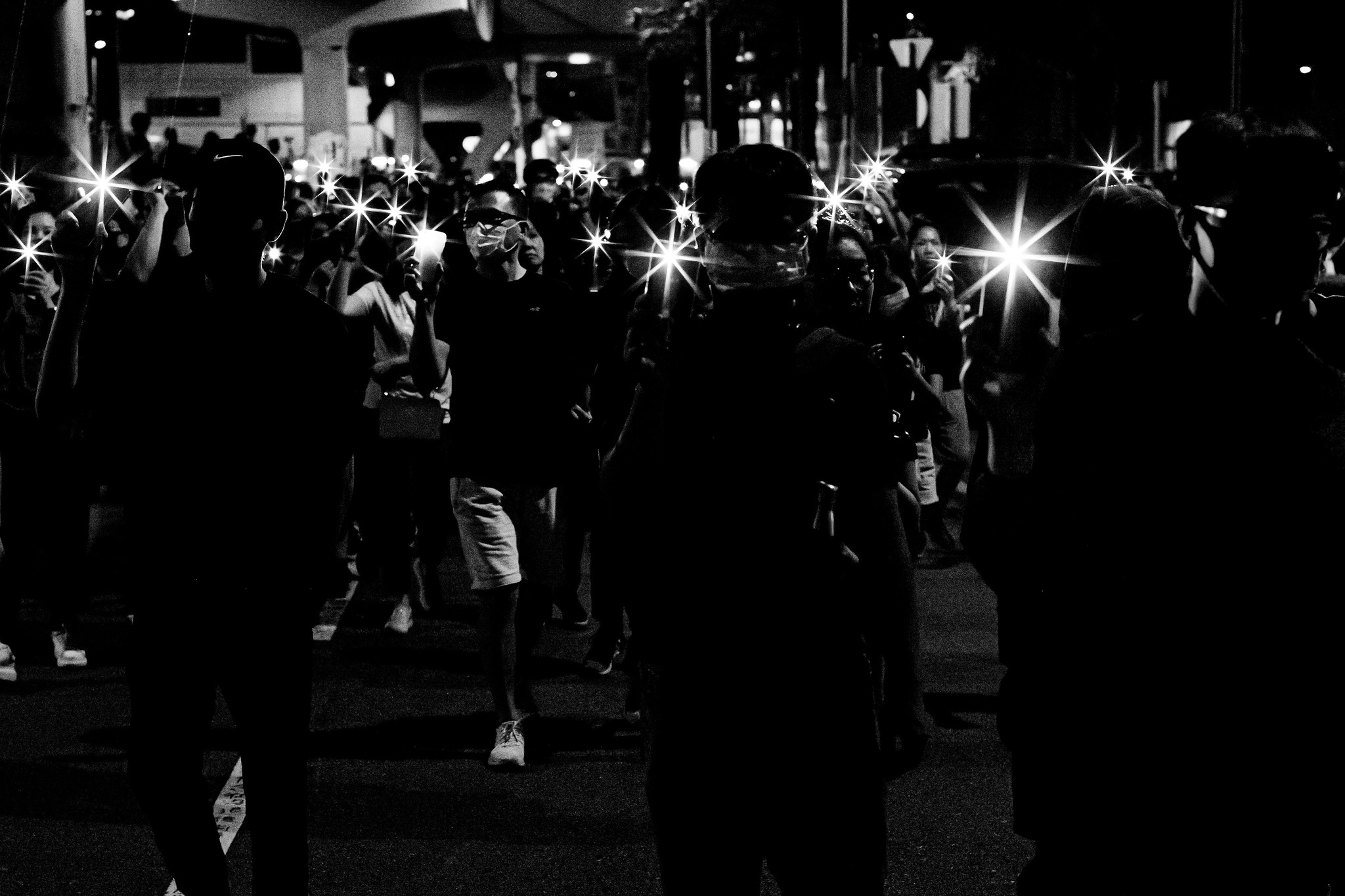The infamy of Islamist terrorism over the past decade has created an image of the Muslim man as intrinsically prone to violent behavior, even if directed toward the self rather than the other. The image of the angry, flag-burning, chanting Muslim man has come to symbolize male violence. However the photos fail to explain that, firstly, the anger, in many instances, is justified, secondly, that the chants rarely spill over into to physical violence, and thirdly that violence is not exclusive to Muslim men.
From my personal experience, physical violence among men occurs far less often in the Muslim world than in western cities, at least outside political and military realms. It seems that staged forms of violence are most prevalent, both in the domestic and public sphere. To illustrate my point, let me recount a small story that I observed in three Muslim countries.
In Damascus, Syria, a heavily bearded man drives his car into a fruit seller’s stall. The vendor screams insults at the driver, who, in turn, jumps out of the car and rushes towards the vendor, shaking his fists in rage. The vendor answers with an even greater fit of anger and shakes his fists in the air. A crowd gathers around them. The driver of the car lunges forward, just as somebody standing in arms’ reach holds him back. As expected, the driver struggles theatrically, still screaming and the vendor follows suit. The performance continues for 30 minutes without any assertion of physical violence.
Pierre Bourdieu, who liked to look at the social world as a stage and humans as performers, observed a similar ‘performance’ during his work among the Berbers, an indigenous people of North Africa. Bourdieu situated masculinity in this social exchange within a framework of honor; he described ‘performed masculinity’ as a form of challenge and riposte that establishes social hierarchies. A challenge confers honor onto a man, because behind the call to contest lies an underlying assumption that the challenge requires a riposte, an act of possible injury or danger. Therefore, a challenge is only addressed to a man deemed capable of playing the theater of honor. The theatrical exchange provides an opportunity for both males to prove their belonging to the world of man.
Apart from diverting the focus away from physical violence, the concept of ‘performed masculinity’ illustrates the importance of male-male competition in the construction of Muslim masculinity. This offers a rather interesting angle, given that in an Islamic context we normally look at the power relations between the sexes and not within them.
Despite that, it is undeniable that there exists a connection between violent behaviour and dominant constructions of masculinity throughout the world. Otherwise it wouldn’t be young men who are both the perpetrators and victims of the vast majority of violent crimes globally. Although many scholars have argued that there are at least contributing biological factors to male rather than female violence, we only have to look at our televisions sets, popular role-models and leaders to understand that violence is social capital for men. The challenge we face is not one of Islam, but of manhood. To overcome the image of the Muslim men as violent, and that of men more generally, is to recognize other positive male attributes, and ultimately to live them. We have to turn to women to relearn or reclaim some of the attributes that male socialization has taken from us. We have to stand shoulder by shoulder with them and recognize that Muslim men are caring, empathetic and men enough to be different.





Thanks for the post. I would also like to see more discussion on Muslim masculinity on Altmuslimah. This topic is extremely important, especially in light of the increasing cases of homegrown radicalization we’re seeing in the US.
Dear Akenanubis, thanks for your message. I completely go with your idea of mix and match. Dispite trying to write some wrong-perceptions about the Muslim men in particular, right, I still believe that there is much wrong with masculinity in general. Which leads exactly to the articles that Anas mentions. It’s really an interesting documentary especially if you’re a man.
There is nothing wrong with masculinity, but masculinity requires other males to “knock some sense into them” figuratively and if needed physically. Men don’t need to be women…they need to be good men. That requires judgement and control of their own strength, and that comes from other men. In fact in many parts of Afghanistan and Pakistan, the radicalization occurs because the male elders are killed and the radicals fill the void they’ve created.
In the west, I’m not sure what is going on. Yes there is emptiness in high individualism and a pleasure-based culture…and there is certainty in having an old-world person brainwash you. But isn’t that because there are not enough new world men to offer a model of how to live in modern culture?